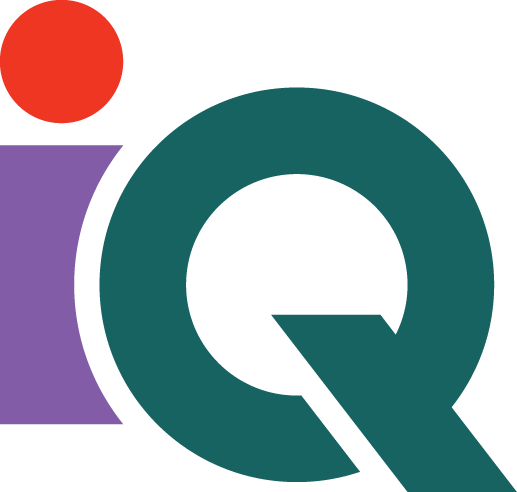Society grows great when we plant trees in whose shade we know we shall never sit.
Planned Giving (sometimes called Gift Planning or Legacy Giving), enables philanthropic individuals to make larger gifts to charitable organizations* than they could make from ordinary income.
Some planned gifts provide life-long income to donor. Other gift plans use estate and tax planning to provide for charity and heirs in ways that maximize the gift and/or minimize its impact on the donor’s estate. While others can be simple charitable gifts through will or trust.
Thus, by definition, a planned gift is any major gift, made in lifetime or at death as part of a donor’s overall financial and/or estate planning. These include gifts of equity, life insurance, real estate, personal property, or cash.
By contrast, gifts to the annual fund or for membership dues are made from a donor’s discretionary income, and while they may be budgeted for, they are not planned.
Whether a donor uses cash, appreciated securities/stock, real estate, artwork, partnership interests, personal property, life insurance, a retirement plan, etc., the benefits of funding a planned gift can make this type of charitable giving very attractive to both donor and charity. Planned gifts are a critical component in philanthropy.
See our Q&A pages for technical information on these gift plans. Also, get an overview of how planned gifts work along with a video of each gift vehicle and donor profile for each gift. And finally, take this interactive quiz to assess your planned giving readiness.
Learn how these types of planned (and estate) gifts work. It is prudent to explain these giving vehicles to your donors on your “giving” or “donation” pages. It can easily be done with simple planned giving pages or websites.
Charitable gift annuities make fixed payments, starting either when the gift is made (an immediate-payment gift annuity) or at a later date (a deferred or flexible gift annuity). Some organizations maintain pooled income funds, which commingle donations, pay beneficiaries variable depending on the earnings of the fund, and generally operate like a charitable mutual fund. Charitable remainder unitrusts and annuity trusts are individually managed trusts that pay the beneficiaries either a fixed percentage of trust income or a fixed dollar amount.
Under the Internal Revenue Code, any nonprofit (including the very small nonprofits and churches) can accept a planned gift. The challenge lies within the organization itself — internal politics, understanding what it takes, motivation, mindset (proactive vs. reactive). The biggest enemy is when a nonprofit itself defers the already deferred. (i.e., it puts it on the back-burner; in short, it procrastinates). In general, if the nonprofit employs responsible and proactive people and if they function as a team, they will do very well. This simple interactive quiz assesses all of this very well and lets you know how ready you are for planned giving.

Raising money is an art and a science. It takes left brain analytics as well as right brain creativity. Take the test now!
Please reach out. Note: if you give us your mailing address (or PO Box), we’ll send you a complimentary Planned Giving Gift Comparison Chart.